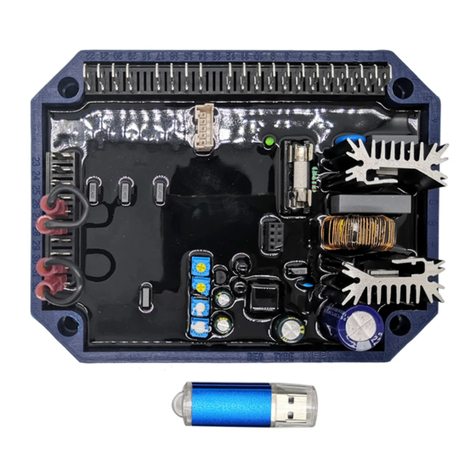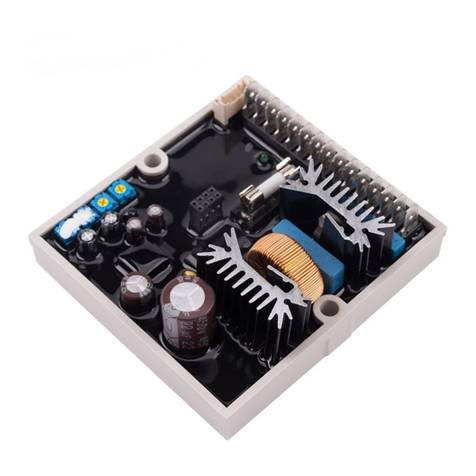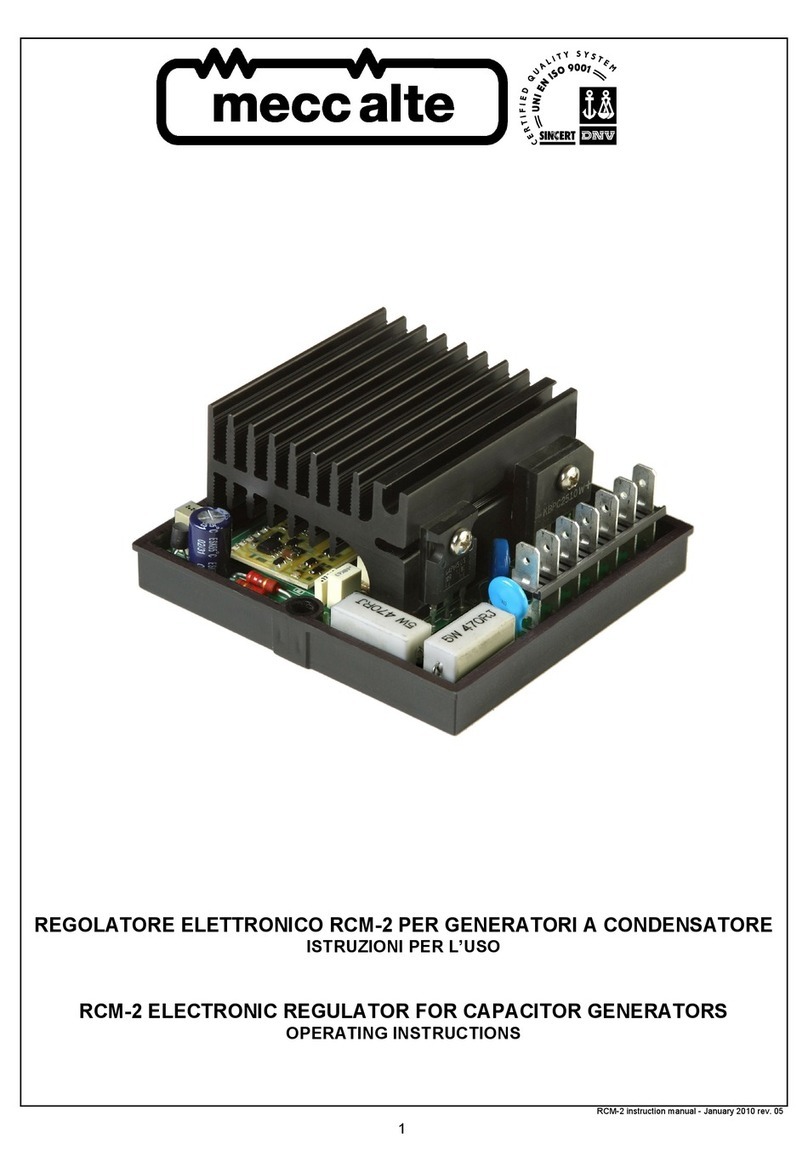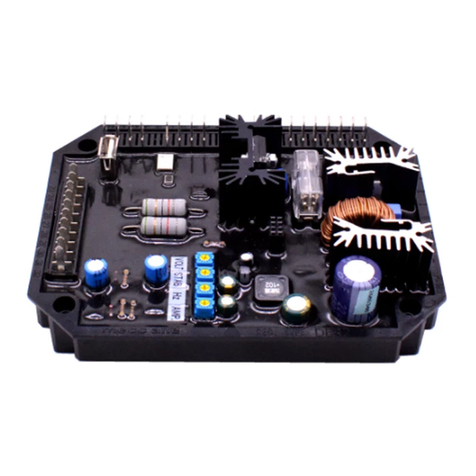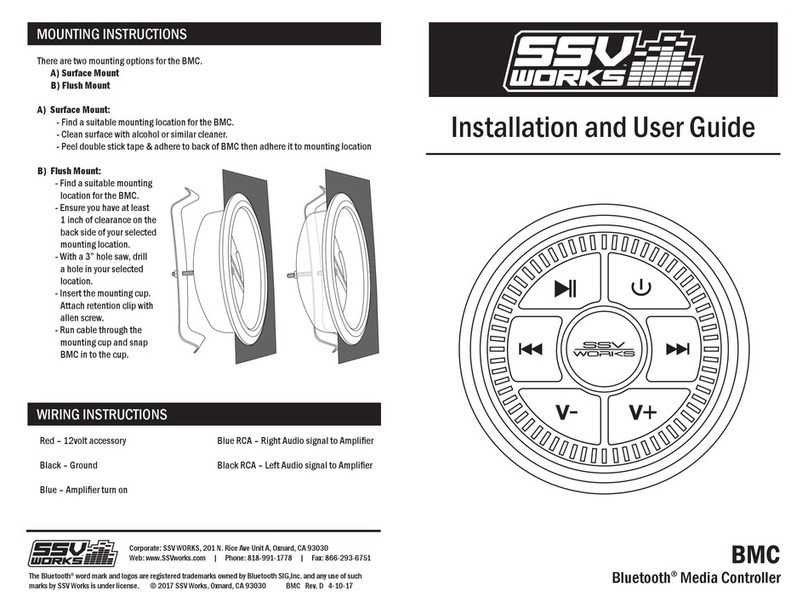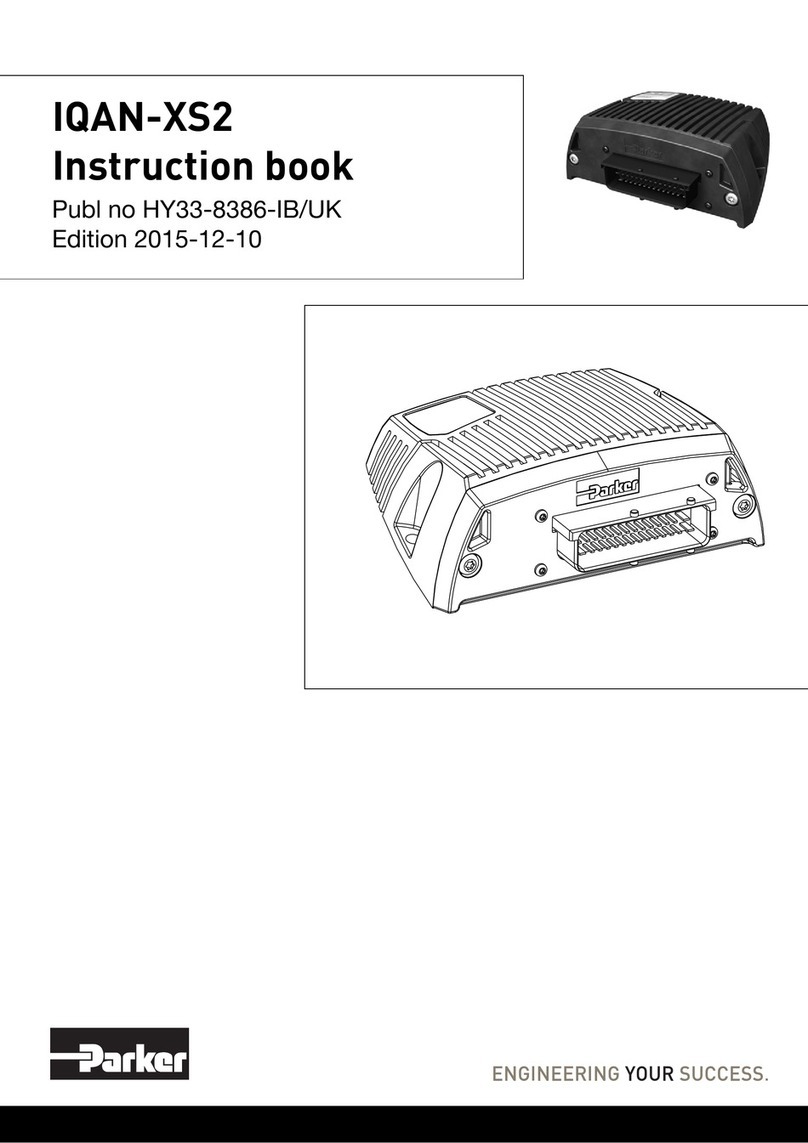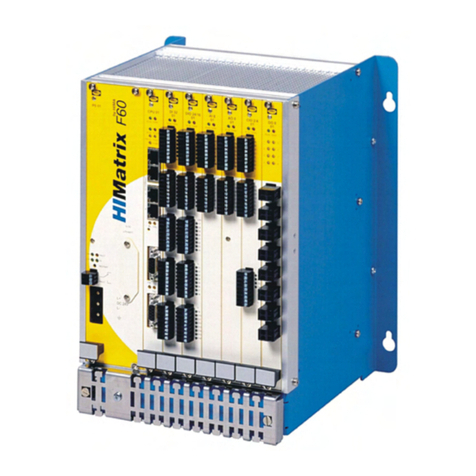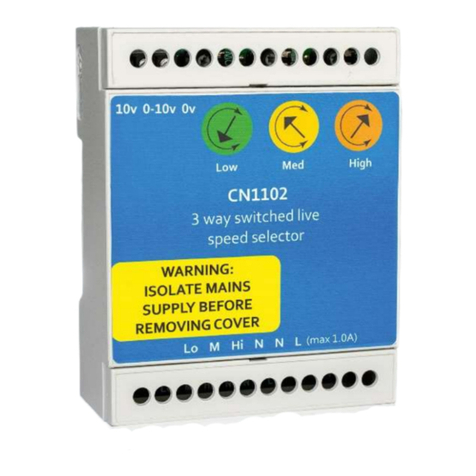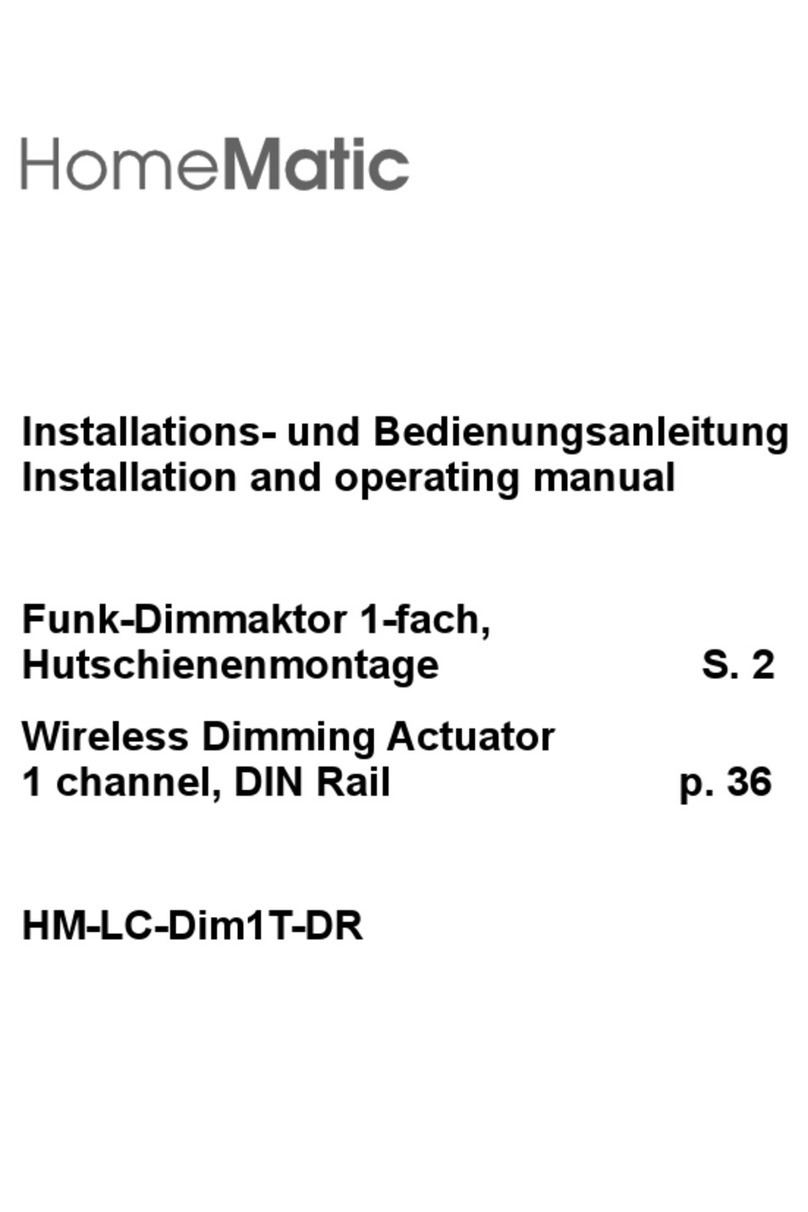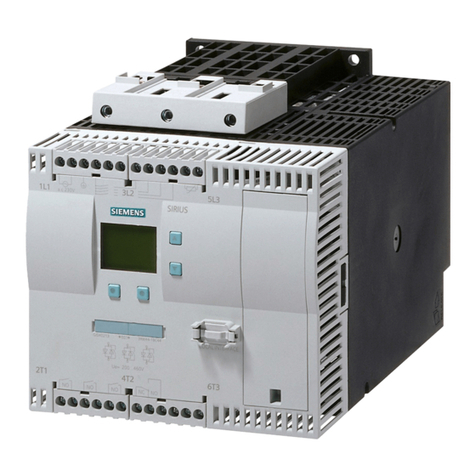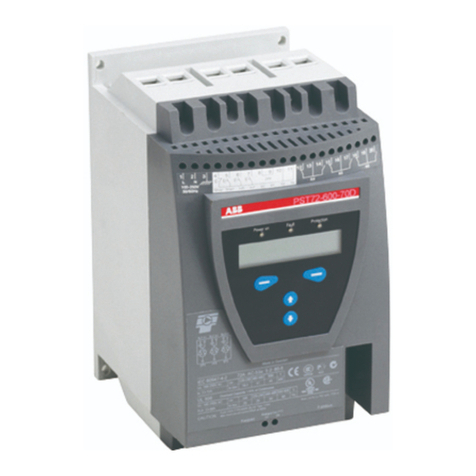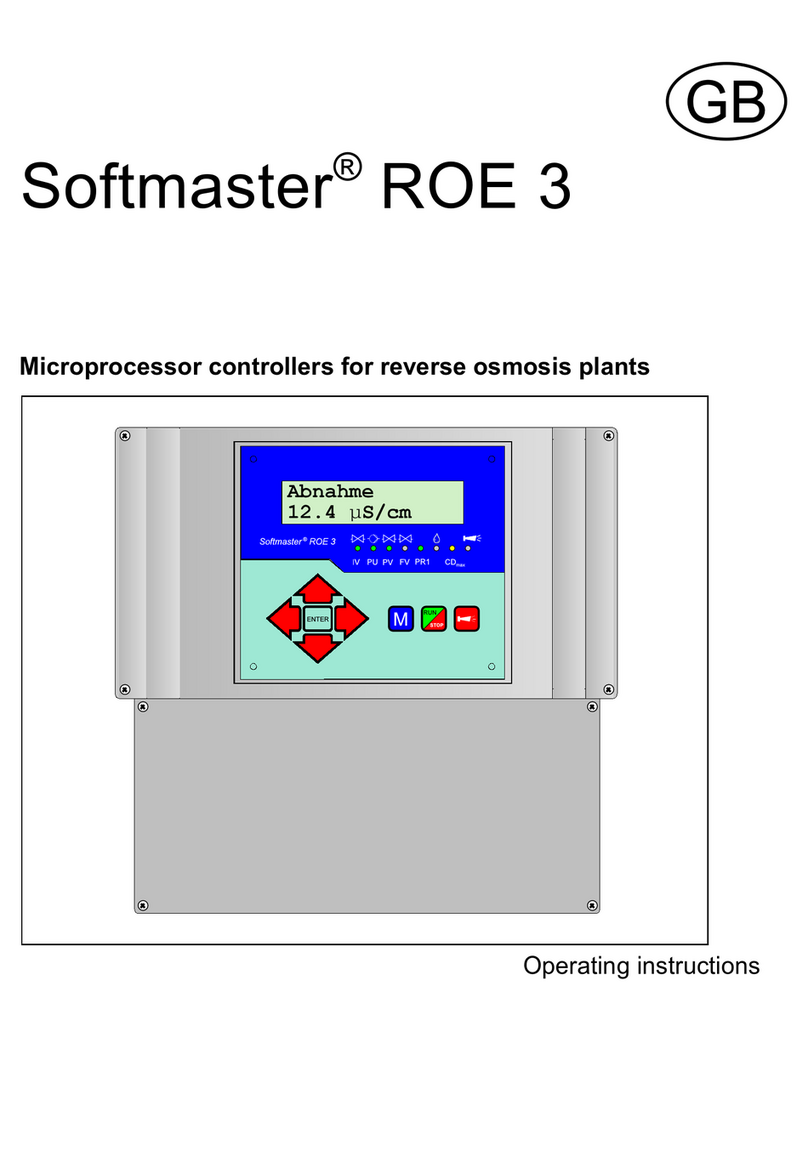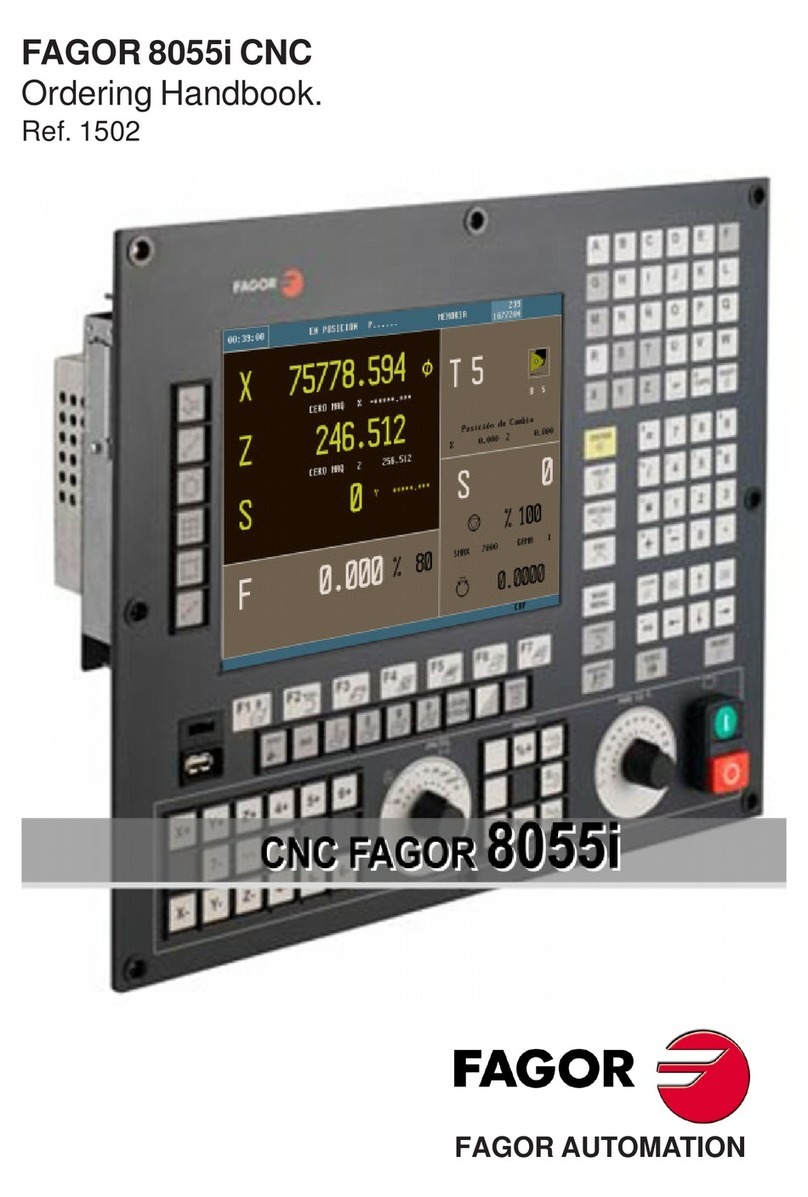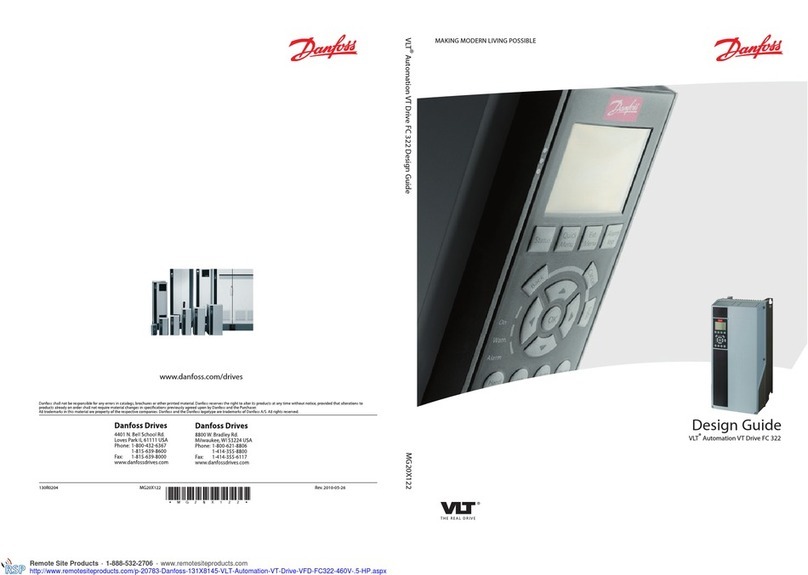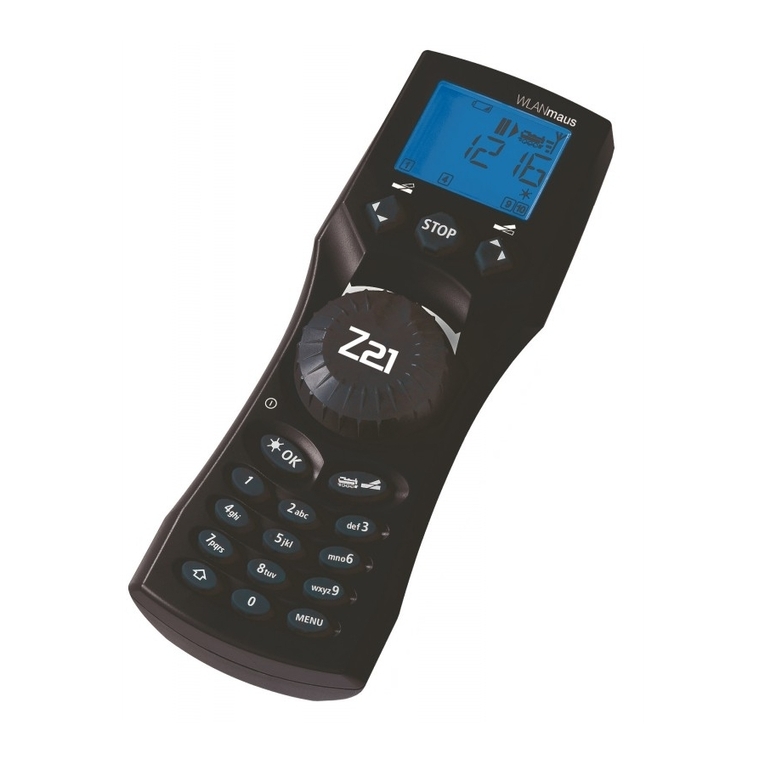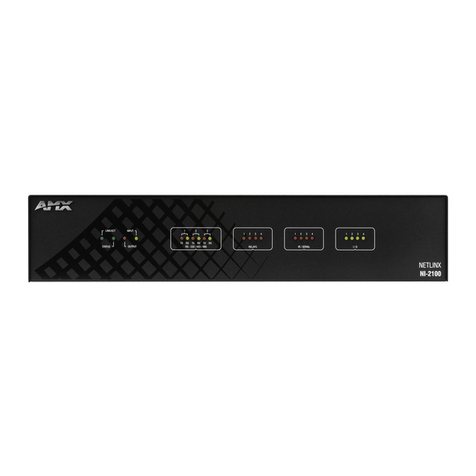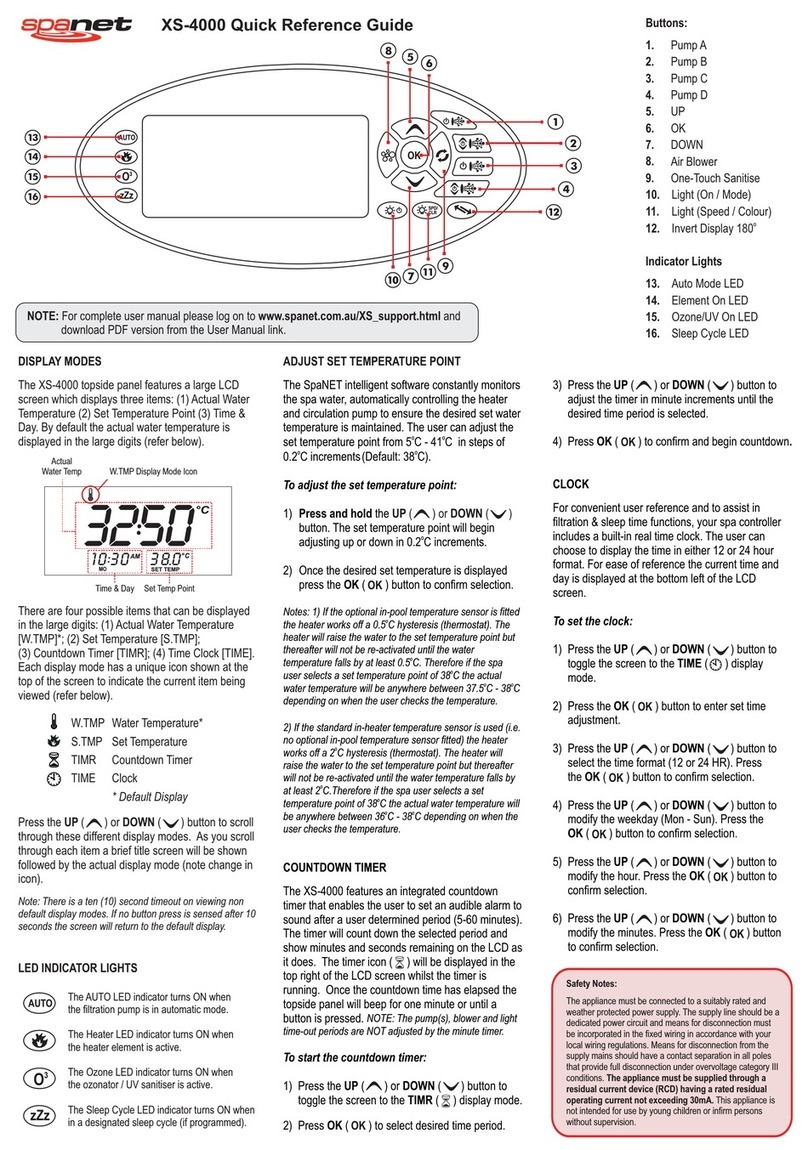Mecc Alte DER1 Quick start guide

Архангельск (8182)63-90-72
Астана (7172)727-132
Астрахань (8512)99-46-04
Барнаул (3852)73-04-60
Белгород (4722)40-23-64
Брянск (4832)59-03-52
Владивосток (423)249-28-31
Волгоград (844)278-03-48
Вологда (8172)26-41-59
Воронеж (473)204-51-73
Екатеринбург (343)384-55-89
Иваново (4932)77-34-06
Ижевск (3412)26-03-58
Казань (843)206-01-48
Калининград (4012)72-03-81
Калуга (4842)92-23-67
Кемерово (3842)65-04-62
Киров (8332)68-02-04
Краснодар (861)203-40-90
Красноярск (391)204-63-61
Курск (4712)77-13-04
Липецк (4742)52-20-81
Магнитогорск (3519)55-03-13
Москва (495)268-04-70
Мурманск (8152)59-64-93
Набережные Челны (8552)20-53-41
Нижний Новгород (831)429-08-12
Новокузнецк (3843)20-46-81
Новосибирск (383)227-86-73
Омск (3812)21-46-40
Орел (4862)44-53-42
Оренбург (3532)37-68-04
Пенза (8412)22-31-16
Пермь (342)205-81-47
Ростов-на-Дону (863)308-18-15
Рязань (4912)46-61-64
Самара (846)206-03-16
Санкт-Петербург (812)309-46-40
Саратов (845)249-38-78
Севастополь (8692)22-31-93
Симферополь (3652)67-13-56
Смоленск (4812)29-41-54
Сочи (862)225-72-31
Ставрополь (8652)20-65-13
Сургут (3462)77-98-35
Тверь (4822)63-31-35
Томск (3822)98-41-53
Тула (4872)74-02-29
Тюмень (3452)66-21-18
Ульяновск (8422)24-23-59
Уфа (347)229-48-12
Хабаровск (4212)92-98-04
Челябинск (351)202-03-61
Череповец (8202)49-02-64
Ярославль (4852)69-52-93
сайт: http://www.meccalte.nt-rt.ru/ || эл. почта: mcc@nt-rt.ru
Guida Tecnica:
Regolatore Digitale DER1
Technical Guide:
DER1 Digital Regulator

DER1 digital regulator instruction manual - rev. 03 - pag. 2
INDEX
pag. 2
INTRODUCTION
pag. 3
MAIN CHARACTERISTICS
pag. 3
1. Architecture of the system pag. 3
1.1 Regulator pag. 3
1.2 Communications module pag. 3
2. Technical Characteristics pag. 4
3. Inputs and Outputs: technical specifications pag. 5
4. Block diagram pag. 6
INSTALLATION
pag. 6
1. Overall dimensions drawings pag. 7
2. Connections pag. 7
3. Terminals pag. 8
4. DER1 connections pag. 8
4.1 Connections based on voltage pag. 8
4.2 DER1 connections for typical applications pag. 9
5. Setting up the regulator pag. 9
5.1 Alternator voltage signals pag. 9
5.2 Calibrating sensing pag. 9
6. 50/60 Signal pag. 9
7. APO Contact pag. 9
8. Remote control of voltage pag. 14
9. VOLT, STAB,Hz and AMP Trimmers pag. 15
10. Serial communications pag. 15
PARAMETERS AND OPERATING DATA
pag. 15
1. ModBus registry list pag. 15
2. Word of configuration (Parameter P[10]) pag. 16
3. pag. 17
Volatile memory addresses pag. 18
5. Fourth Status Word (Location L[39]) pag. 18
SETTING OF VOLT, STAB, AMP and Hz PARAMETERS
pag. 19
1. Voltage pag. 19
1.1 Setting voltage pag. 19
1.2 Soft Start pag. 19
1.3 Slow voltage variations pag. 20
2. Stability pag. 20
2.1 Adjustment of stability pag. 20
3. Excitation overcurrent pag. 20
3.1 Description pag. 20
3.2 Calibration with a supervision unit pag. 21
3.3 Calibration without a supervision unit pag. 21
4. Underspeed pag. 22
4.1 Description pag. 22
4.2 Calibration with a supervision unit pag. 22
4.3 Calibration without a supervision unit pag. 22
5. Underspeed pag. 23
6. Other parameters pag. 23
6.1 Vout / Vaux Ratio pag. 23
6.2 V/F slope at start up pag. 24
6.3 Short cirrcuit time pag. 24
CONTROLLING OF REGULATOR ALARMS
pag. 25
1. Alarm signals with the indicator lights pag. 25
2. Description of alarms pag. 26
3. APO Output pag. 27
4. Board operation time pag. 27
DI1 COMMUNICATIONS UNIT
pag. 28
1. Description pag. 28
2. Powering DI1 pag. 29
3. Inputs and Outputs: technical specifications pag. 30
USE OF PROGRAMMING SOFT. AND MONITORING OF THE DSR TERMINAL p
ag. 32
1. Installation pag. 32
2. Introduction pag. 32
3. Description of function pag. 33
4. Setting Files pag. 34

DER1 digital regulator instruction manual - rev. 03 - pag. 3
The information contained in this manual may be modified without advance notice.
This revision supersedes and replaces all previous editions.
Even partial reproduction of this manual is prohibited, with any means whatsoever, without prior written
authorisation by Mecc Alte S.p.A.
INTRODUCTION
This manual contains information on the operation and use of the DER1 digital regulator.
MAIN CHARACTERISTICS
1. Architecture of the system
The DER1 is a voltage regulator for synchronous alternators, designed for stand alone working and
calibration; to maximize performances, the regulator should be intended as part of a system made up of at
least three components: the DER1 (control unit), a communications module (DI1, for example) and a
supervision unit, as illustrated in figure 12 or 13.
The connectors for connection to and from the power generator and communications module are located
on the DER1 regulator.
The supervision unit can be made up of a personal computer, another “synoptic” device or both; it does
not have the function of controlling the system in real time, but allows programming and visualisation of all
operational parameters of the DER1.
If it is equipped with an RS485 or RS232 serial interface, the DI1 communications module is necessary for
its connection.
1.1 Regulator
Since the regulator is designed to control many different types of generators, it must be appropriately
configured to obtain the best performance; most of the settings are stored in a non-volatile integrated
memory (EEPROM). The first time the regulator is turned on, a default configuration will be present, which
satisfies the most widely requested characteristics and is suitable to facilitate installation: the trimmers are
active and the inputs for the external potentiometer and the 60 Hz jumper are enabled, therefore the basic
calibrations can be performed without the use of additional equipment.
Two versions of the DER 1 and DER 1/A regulators are available; the first one is optimised for Mecc Alte
Series 3 to 38 alternators, while the second is optimised for Mecc Alte series 40, 43 and 46 alternators; the
two versions differ primarily in the default parameters.
NOTE: the parameter that defines the output voltage (with the VOLT trimmer disabled) is set on 0 (so that
the adjustment takes place on the minimum voltage).
1.2 Communications module
The DI1 communications module (which is provided for connection to the COM connector of the DER1) is
equipped with a RS232 port and a RS485 port, through which it is possible to set the parameters (for both
configuration and operation) and “monitor” operation of the generator.
In order to avoid damage to persons and/or property, only qualified personnel, having full
knowledge and understanding of the information contained in this manual, should perform the
procedures described herein; when power to the unit is on, the voltage present may be lethal for
the operator.
All connections must be made with the power off.
The plastic protections on connectors J1 and J2 must not be removed for any reason whatsoever.

DER1 digital regulator instruction manual - rev. 03 - pag. 4
2. Technical Characteristics
• Digital controlled regulator, based on DSP
• On-board machine installation
• Suitable for all Mecc Alte self-regulated alternators
• Power connections through 20 poles Fast-On connector (see fig.2)
• Protection of power winding with 5A fast acting fuse
• Signal connections (Pext, 60Hz Jumper, APO) through 10 poles mini Fast-On separate connector
• Environmental temperature: -25°C ÷ +70°C
• Voltage supply: 40Vac÷270Vac
(2)
(from auxiliary winding, output voltage or PMG)
• Maximum continuous output current: 4Adc
• Frequency range: 12Hz÷72Hz
• Three phase or single phase sensing in all connections (Y-∆-YY-∆∆)
• Single phase or three phase sensing automatic recognition
• Average value of voltage regulation
• Voltage regulation range (sensing) from 75Vac to 300Vac
• Precision of voltage regulation: ± 1% from no-load to nominal load in static condition, with any power
factor and for frequency variations ranging from -5% to +20% of the nominal value.
• Precision of voltage regulation: ± 0,5% in stabilized conditions (load, temperature).
• Transient voltage drop and overvoltage within ± 15%
• Voltage recovery time within ± 3% of the value set, in less than 300 msec.
• Programmable Soft start
• Parameters: VOLT, STAB, AMP and Hz settable by trimmers (default), 50/60Hz settable by a
“jumper” (default), all parameters programmable via software
• 0÷2,5Vdc or -10÷+10Vdc external voltage for analogical remote control of output voltage
• Remote control of output voltage through external potentiometer (from 25Kohm to 100Kohm)
• Underspeed protection with adjustable threshold and slope
• Overvoltage and undervoltage alarms
• Excitation overcurrent protection with delayed intervention
• Management of temporary short circuits (start up of asynchronous motors)
• Open collector output (not insulated) signalling some allarm intervention with programmable activation
and delay intervention
• Allarm conditions storage (type of alarm, number of events, duration of the last event, total time)
• Memorization of the regulator operation time
• RS232 and RS485 serial communications interface (with optional DI1 module)
• Compatibile with DSR_term communication software (for parameter setting or working and alarm
conditions reading)
WARNING : Operation of the DER1 is not specified below 12 Hz.

DER1 digital regulator instruction manual - rev. 03 - pag. 5
3. Inputs and Outputs: technical specifications
TABLE 1 : CONNECTOR CN1
1 Exc- Excitation Continuous Rating: 4Adc
Transitory Rating:12Adc at peak
2 Aux/Exc+
3 Aux/Exc+ Power 40÷270 Vac, Frequency: 12÷72Hz
(2)
(1)
4 UFG Sensing
Range 2
Range 2: 150÷300 Vac
Burden: <1VA
U channel
5 UFG
6 UHG Sensing
Range 1
Range 1: 75÷150 Vac
Burden: <1VA
7 UHG
8 UHB Jumper
Range1
Short for sensing
75÷150 Vac
9 UFB
10 UFB
Board reference
11 UFB
12 UFB
13 - Not present
14 VFG Sensing Range 1: 75÷150 Vac
Burden: <1VA V channel, to be
connected in parallel to
U channel in case of
single phase sensing
15 VHG Sensing
Range 1
16 VHB Scala 2: 150÷300 Vac
Burden: <1VA
17 VFB Range 2
18 - Not present
19 WFG Sensing Range 1: 75÷150 Vac
Burden: <1VA W channel, unused
(with shorted inputs)
in case of single phase
sensing
20 WHG Sensing
Range 1
21 WHB Range 2: 150÷300 Vac
Burden: <1VA
22 WFB Range 2
!"#
TABLE 2 : CONNECTOR CN3
23 Common
Active
protections output
$#%&'
Current: 100mA
Voltage: 30V
Max length: 30m
(3)
Both activating alarm
and delay time are
programmable
24 A.P.O.
25 Common Jumper 50/60Hz Type: Not insulated
Max length: 3m
Selection of underspeed
protection threshold
(4)
26 50/60Hz
27 0EXT Jumper for remote voltage
control 0÷2,5Vdc
Type: Not insulated
Max length: 3m
Short for 0÷2,5Vdc input
or potentiometer28 JP1
29 Input for remote voltage Type: Not insulated
Max length: 30m
(3)
Regulation: ±10 %
(5)
(
)*+!,-
30 PEXT (%)*+!,)). /%)*0
31 JP2 Pext Jumper Type: Not insulated
Max length: 3m
Short for 0÷2,5Vdc input
or potentiometer
32 ±10V control ±10 Vdc Input: ±10Vdc
/%120
0EXT
Note 1) The terminals are connected to each other on the board: 2 with 3, 4 with 5, 6 with 7, 9 with 10, 11 and 12.
Note 2) Minimum power voltage 40 Vac at 15 Hz, 100 V at 50 Hz, 115 V at 60 Hz
Note 3) With external EMI filter (3m without EMI filter)
Note 4) 50·(100%-
Hz%) or 60·(100%-
Hz%) where
Hz% is the position relative to the Hz trimmer or the percen
tage value of parameter P[21]
Note 5) Value not to be exceeded. The effective range depends on parameter P[16]

DER1 digital regulator instruction manual - rev. 03 - pag. 6
4. Block diagram
Name Function Notes
VOLT Voltage Calibration From 75Vac to 150Vac or from 150Vac to
300Vac, see paragraph “Setting the voltage”
STAB Calibration of dynamic response Adjustment of proportional gain, see paragraph
on “Stability”.
Hz Calibration of underspeed protection
intervention threshold
Variation up to -20% with respect to the nominal
speed value set in parameter 50/60.
AMP Calibration of excitation overcurrent
protection
See paragraph “Calibration of excitation
overcurrent protection”
TABELLA 3: TRIMMERS
Fig 1
INSTALLATION
Upon receipt of the digital regulator, perform a visual inspection to ensure that no damage has been
sustained during transportation and movement of the equipment. In the event of damage, advise the
shipper, the insurance company, the seller or Mecc Alte immediately. If the regulator is not installed
immediately, store it in its original packaging in a dust and humidity-free environment.
The regulator is normally installed in the generator terminal box. It is fixed with two M4x25 screws and
must be installed in a location where the temperature does not exceed the environmental conditions
foreseen. Refer to the attached drawings for dimensions and displacement.

DER1 digital regulator instruction manual - rev. 03 - pag. 7
1. Overall dimensions drawings
dimensions in mm
Fig 2
2. Connections
The digital regulator connections depend on the application and excitation system.
Figure 1 shows the functional aspect of the connection points to the regulator
An error in connection may have deadly consequences for the unit.
Carefully check to make sure that all connections are precise and in accordance with the attached
drawings, before turning on the power.

DER1 digital regulator instruction manual - rev. 03 - pag. 8
3. Terminals
Figures 1 and 2 show the connection terminals; the connections must be made using cables having a
minimum diameter:
•
••
•
1,5 mm² for power cables on terminals from 1 to 22
•
••
•
0,5 mm² for signal cables on terminals from 23 to 32
4. DER1 connections
The DER1 regulator has 3 differential inputs, with 2 selectable scales for each of them (see fig. 1):
•
scale "H" for voltages between 75V and 150V
•
scale "F" for voltages between 150V and 300V
4.1 Connections based on main alternator voltage
Based on the machine connections, and the desired voltage
(1)
you can use the three phase or single
phase sensing used in one range or the other. Table 4 summarises the connections for the most common
voltages.
TABLE 4: ALTERNATOR VOLTAGE AND SENSING CONNECTION
Connection Phase-to-Phase Voltage [V] Sensing - Phase Drawing Notes
Series star
H SCC0160
$ H SCC0158
F N.A.
$ F N.A.
530-550-575-600-690-760-
800-920-960(from 520 to 1000)
F SCC0161
$ F SCC0159
1200 (from 1100 to 2000) F SCC0202 2 channels in
series
Parallel star
190-200-208-220-230-240-
250 (from 130 to 250)
H SCC0160
$ H SCC0158
380-400-415-440-460-480-
500 (from 260 to 500)
F SCC0161
$ F SCC0159
Series delta
220-230-240-254-265-277-
290 (from 150 to 300)
H SCC0160
$ H SCC0158
305-320-330-440-460-530-
555 (from 300 to 600)
F SCC0161
$ F SCC0159
220-230-240-254-265-277-
290 (from 150 to 300)
F N.A.
$ F N.A.
Parallel delta
110-115-120-127-133-138-
145 (from 75 to 150)
H SCC0160
$ H SCC0158
152-160-165-220-230-265-
277 (from 150 to 300)
F SCC0161
$ F SCC0159
Zig-Zag
(2)
330-346-360-380-400-415-
430 (from 260 to 500)
F N.A.
$ F SCC0203 2 channels in
series
Single phase
parallel
220-230-240-254-265-277-
290 (from 150 to 300)
', H SCC0160
'3 F N.A.
305-320-330-440-460-530-
555 (from 300 to 600)
', F SCC0161
'3 F N.A. 2 channels in
series
380-400-415-440-460-480-
500 (from 260 to 500)
(1) Compatibly with the rated characteristics of the alternator
(2) Sensing only on full phase

DER1 digital regulator instruction manual - rev. 03 - pag. 9
4.2 DER1 connections for typical applications
Drawings SCC158, SCC159, SCC160, SCC161 show DER1 regulator connections for typical
applications.
In case of sensing 75V-150V, for example, for ECO/ECP28 – ECO/ECP38 Series alternators with 12
terminals with half-phase reference (and also ECO40-1S, ECO40-2S, ECO401L and ECO40-2L), the
typical drawing for three-phase connection is SCC 158, while for single phase it is SCC 160.
In case of sensing 150V-300V, for example, for ECO43 and ECO46 Series alternators with 12 terminals
with half-phase reference (and also for ECO40-3S, ECO40-1.5L and ECO40-VL), the typical drawing for
three-phase connection is SCC 159, while for single phase it is SCC 161.
5. Setting up the regulator
Selection of the sensing scale takes place directly according to the connection on the power terminal
board; additional settings can be made with 4 trimmers (VOLT, STAB, AMP and Hz) and 3 jumpers
(50/60Hz, JP1 and JP2); the output voltage can also be set with an external analogical signal; additional
settings, including the previous ones but excluding jumpers JP1 and JP2, can be made by modifying the
23 parameters stored in a non volatile integrated memory.
5.1 Alternator voltage signals
Terminals 4-22 of connector CN1 are used for voltage sensing.
5.2 Calibrating sensing
A supplementary calibration may be necessary to compensate any existing tolerances on analogical
voltage acquisition channels; in this case follow the procedure illustrated below.
1. Write 16384 on parameter P[19]
2. Disable VOLT trimmer (from the Configuration Menu)
3. Disable Vext (from the Configuration Menu)
4. The parameter present in parameter P[5](if three phase sensing) or p[6] (if single phase sensing)has to
be calibrated. Calibration should be adjust in order to obtain 225V from the generator output when the
sensing is cabled to U
FB
(9-10-11-12) and U
FG
(6-7), or to 125.5V if connected U
FB
(9-10-11-12) and
U
HG
(6-7).Please note that a paramenter increment will result in a voltage reduction of the system. It is
recommended to measure the voltage output with an instrument capable to catch the average value of
the voltage.
5. This procedure is necessary to calibrate the voltage sensing of the regulator. The voltage indicated in
location L[36] of the status (It is possible to read it with the DSR terminal software), should match the
value read by the voltage measurement instrument used to calibrate the board on point 4. If a mismatch
is noticed, please proceed in adjusting the P[7] value in order to clear the offset between the indicated
and measured values.
6. Enable the VOLT trimmer again, if it is desired to have it active (from the Configuration menu).
7. Enable Vext (from the Configuration Menu) if you want to be active.
6. 50/60 Signal
A jumper is located on the 50/60 input (terminals 25 and 26); if enabled from the Configuration Menu, it
provokes the commutation of the underspeed protection threshold from 50·(100%-Hz%) to 60·(100%-
Hz%), where Hz% represents the position relative to the Hz trimmer or the percentage value entered in
location L[21] (where 10% corresponds to 16384).
7. APO Contact
The acronym APO stands for Active Protection Output: terminals 23 (common) and 24 (collector) 30V-
100mA non-insulated open collector transistor, normally opened, is closed (with a delay that can be
programmed from 1 to 15 seconds) when, among all the alarms, one or more of the active ones can be
selected separately.

DER1 digital regulator instruction manual - rev. 03 - pag. 10
SCC0158: Three phase sensing 75V-150V

DER1 digital regulator instruction manual - rev. 03 - pag. 11
SCC0159: Three phase sensing 150V-300V

DER1 digital regulator instruction manual - rev. 03 - pag. 12
SCC0160: Single phase sensing 75V-150V

DER1 digital regulator instruction manual - rev. 03 - pag. 13
SCC0161: Single phase sensing 150V-300V

DER1 digital regulator instruction manual - rev. 03 - pag. 14
SCC0202: Single phase sensing 300V-600V

DER1 digital regulator instruction manual - rev. 03 - pag. 15
SCC0203: Single phase sensing 300V-600V
(generator in threephase ZIG-ZAG connection)

DER1 digital regulator instruction manual - rev. 03 - pag. 16
Figure 3a: without saturation of the output voltage
upon reaching the input voltage limits.
Figure 3b: with saturation of the output voltage
upon reaching the input voltage limits.
TABLE 5: HARDWARE AND SOFTWARE CONFIGURATION OF VOLTAGE REMOTE CONTROL
!"#$ %&'(
, )4-',-5'6) 3 3 78//9:) 48//:
)!2+!" )4-',-5'6) 3 3 78//9:) 48//:
)!2+!" )4-',-5'6) 3 3 48//9: 48//:
')!2;)!" )4-'1)!5'6 < < 78//9:) 48//:
')!2;)!" )4-'1)!5'6 < < 48//9: 48//:
,,=+> 44,< 3 3 78//9:) 78//:)
??=5> 3 3 48//9: 78//:)
)*+
, (
With a 100Kohm linear potentiometer connected as shown in figure 4a, you have the full excursion set
with parameter P[16] (with the default value P[16]=4608 there is an excursion of ± 14%); with a 25Kohm
linear potentiometer in series with a 3.9Kohm resistor, connected as shown in figure 4b, the effect of the
external potentiometer is cut in half (with the default value P[16]=4608 there is an excursion of
approximately ± 7%).
8. Remote control of voltage
The Pext input (terminal 30) and ±10V (terminal 32) allow to obtain remote control of the output voltage by
means of a DC signal or an external potentiometer. The output voltage can be controlled by software as
well with the P[19]. The excursion range and gain of the remote control can be set independently by
software despite the output voltage control device system used (potentiometer, VDC signal or P[19]). If DC
voltage is used, it will take effect if it is within the range 0Vdc/2,5Vdc or -10Vdc/+10Vdc, when connected
between terminals 30 and 29 and subjected by jumpers JP1 and JP2; for values exceeding the
aforementioned limits (or in the event of disconnection), two options are possible: not to take the set point
of external input and return to regulation to the voltage value set with the trimmer (if enabled) or with
parameter P[19], or keep the minimum (or maximum) value of voltage that can be reached (see figures 3a
and 3b). The two options can be set with the RAM Voltage CTRL flag in the configuration menu
corresponding to the bit B7 of the configuration word P[10] (see PARAMETERS AND OPERATIONAL
DATA - Para. 2). The setting relative to the Vext input are summarised in table 5.
NOTE: the source of DC voltage must be capable of absorbing at least 2 mA.
In making adjustments it is reccomended not to exceed the nominal value of voltage of the alternator
beyond ± 10%
Relationship between analogical input and output voltage

DER1 digital regulator instruction manual - rev. 03 - pag. 17
Fig. 4a: 100K external potentiometer connection Fig. 4b: 25K external potentiometer connection
PARAMETERS AND OPERATING DATA
1. ModBus registry list
An EEPROM memory is used to store configuration parameters and other information that must not be lost
when the generator goes off. Parameters can be read/written and machine operational settings entered
through serial connections. Two versions of the regulator are available, called DER1 and DER 1/A; they
differ primarily in the default value of several parameters. Table 6 shows a complete list of the parameters
that can be set, which define all the operational conditions of the regulator.
Note:Locations are ordered to separate the parameters of individual regulators (S.N:, SW versions and
calibration) from settings foreseen, in order to facilitate programming of regulators with the same settings
but different S.N., SW versions and calibrations. The parameters from 0 to 9 are adjusted at the factory for
each regulator. The parameters from 10 to 30 can therefore be freely copied from one to another.
9. VOLT, STAB, Hz and AMP Trimmers
The trimmers are enabled by the software from the Configuration Menu; if they are not enabled, they DO
NOT perform any function.
The VOLT trimmer allows adjustment from about 75V to about 150V or from about 150V to about 300V.
The STAB trimmer adjusts the dynamic response (statism) of the alternator under transient conditions.
The Hz trimmer allows for a variation of the "low speed protection" of up to –20% with respect to the
nominal speed value set by the 50/60 jumper (if activated) or by the 50/50 box in the Configuration menu
(at 50 Hz the threshold can be calibrated from 40 Hz to 50 Hz, at 60 Hz the threshold can be calibrated
from 48 Hz to 60 Hz).
The AMP trimmer adjusts the excitation overcurrent protection intervention threshold.
10.Serial Communications
The COM connector is RESERVED for connection to the Dl1 communications module with the special
cable provided with the module itself.
The serial interface of the Dl1 communications unit is of the RS232 or RS485 type: it will therefore be
possible to connect several DER1-Dl1 groups as well (and therefore several generators) in parallel on the
same 485 Bus, in order to monitor the operation with a single supervising unit. The regulator implements a
subsystem of the MODBUS standard for communications; the DI1-DER1 set performs slave operation,
whose address is memorised in the EEPROM and is set during the phase of configuration.
When necessary, the DI1 interface permits insertion of the regulator in a RS485 network with other
regulators or other devices of a different type, but with the same type of bus. Contact the Mecc Alte
technical office for detailed descriptions of the ModBus commands implemented.
The “Master Unit” is made up of a PC or other dedicated equipment and can access the parameters and
functions of the regulator.
The master unit has the following possible functions:
•
Repetition, or visualisation, of the generator status variables, even from a remote location
•
Setting of single parameters
•
Uploading and downloading of settings files
•
Status readings (alarms, measuring variables)
•
Readings of the alarm memory information

DER1 digital regulator instruction manual - rev. 03 - pag. 18
TABLE 6 : EEPROM SETTING REGISTRIES
--' Description of Parameter Range .%
/% /%0
0 Firmware revision )++6+ 13 13 Reserved - Do not write
1 ModBus slave address 6 1 1 Identification of RS485 network (or broadcast)
2 Software configuration )++6+ 16402 18962 Reserved - Do not write
3 Serial number, high part 8 0 0 Reserved - Do not write
4 Serial number, low part 8 0 0 Reserved - Do not write
5 $ 8 )699 16384 16384 Calibration of voltage channels in 3 ph adjustment
6 , 8 )699 16384 16384 Calibration of voltage channels in 1 ph adjustment
7 Measured voltage calibration )699 16384 16384 Calibration of location L 36 (first “STATUS” box)
8 Current limit time )699 0 0 Duration of limiting in number of periods
9 Current limit level )699 32767 32767 Excitation voltage limit upon start-up
10 Word configuration 8 7956 7956 Set from “Configuration” Menu”, see Tab. 7
11 ?4@$ ) 4 5 n=0…6 is equivalent to a multiplication by 2
n
12 ?4@$ ) 3 1 namely 1, 2, 4, 8, 16, 32, 64.
13 Coefficient tieing Ki to Kp )699 16384 26624 Coefficient to set Ki and Kp separately
14 Vout / Vaux Ratio 1699 6000 6000 ?A#
15 A!- )699 16384 16384 ! !-?=5>8
16 ?!-! )699 4608 4608 ? -)'B)C699'B)D
17 ,<#E )++6+ 126 126 ,< #
18 Step limitation reference ))) 20 20 @
0 8
19 Vout Reference )699 0 0 ! !<?$8
20 Stability )699 16384 16384 ! $/8
21 @A ±)DA
)699 16384 16384 ! FG8
22 4- )699 16384 16384 ! ,8
23 !2@ )699 9000 9000 !2@
24 !2@ )699 6000 6000 H#
25 )++ 20 20 <" -
)I++=):-$<,>
26 < 1699 0 0 !±)D"
++2FG
27 Shutdown threeshold)699 6553 6553 Reserved - Do not write
28 .'- )699 12287 12287 (-
29 .'- )699 24575 24575 in the event of AMP alarm
30 $ )++6+ 63600 63600 H8#,
31 Reserved )++6+ - - Do not write
/
2. Configuration word (Parameter P[10])
Configuration of the regulator takes place by setting the individual bits of parameter P[10]. Each of them
enables or disables at least one function, on the basis of the fact that its value is respectively 1 or 0.
If the "DSR Terminal" programme is used (see the Chapter on "Use of DSR Terminal monitoring and
programming software"), the setting is facilitated with the Configuration menu, where each box enables or
disables a function and corresponds to the respective bit.
Alternatively, the DER1 can be configured by directly setting the value of the P[10] parameter; in this case
the value is calculated before entry, summing the numbers indicated in the column "Value" of Table 7,
corresponding to the functions it is desired t enable.
For example, the default configuration calls for the bits B2, B4 and those from B8 to B12 to be enabled.
The corresponding value is therefore: P[10]=4+16+256+512+1024+2048+4096=7956.

DER1 digital regulator instruction manual - rev. 03 - pag. 19
Bit Value Function /
B0 1 Not used 0
B1 2 Periodical reference variation 0
B2 4 Automatic voltage offset compensation
(1)
1
B3 8 Not used 0
B4 16 Enable hardware jumper 50/60Hz 1
B5 32 Free for future use 0
B6 64 Force three-phase sensing 0
B7 128 External location reference L[49]
(2)
and activation of saturation in the event of overflow 0
B8 256 Enable VOLT TRIMMER 1
B9 512 Enable STAB TRIMMER 1
B10 1024 Enable Hz TRIMMER 1
B11 2048 Enable AMP TRIMMER 1
B12 4096 Enable external analogical input 1
B13 8192 Enable external DAC 0
B14 16384 60 Hz setting in the event of disabling of the 50/50 Hz hardware jumper 0
B15 32768 Reserved 0
TABLE 7 : BIT FUNCTION OF THE CONFIGURATION WORD (PARAMETER P[10] )
NOTE 1: only with single phase reference
NOTE 2: if analogical input is disabled
NOTE 3: for analogical input
3. RAM location reference, activation of saturation in analogical remote control
The RAM Voltage CTRL Flag (corresponding to bit 7 of the P[10] configuration word) performs two
functions:
1. If the Pext hardware input is enabled (Flat Ext. Input corresponding to bit 12 of the P[10] configuration
word), as previously described, the RAM Voltage CTRL Flag activates saturation of output voltage
when the analogical control voltage reaches the limit foreseen for input, to which it is applied (see
Para. 8 Remote control of voltage).
If saturation is enabled, in the event of removal of the Vext/Pext connection (due to accidental
opening, for example) the voltage goes to the maximum value set in parameter P[16] (+14% by
default).
2. When Pext is disabled by hardware, the indicated flag defines the value to be used by the software
control of the output voltage. If RAM Voltage CTRL is deactivated (B7=0), the non volatile parameter P
[15] is used (therefore following shut down and restart of the regulator, the last value memorised
remains set): on the start up the location L[49] is initialised with the value of parameter P[15] and is
kept aligned to that value. Editing of location L[49] has no effect in this working condition. If RAM
Voltage CTRL is active (B7=1) the volatile location L[49] is used for software remote control of the
output voltage (when the regulator is energized, the value is stored. If the regulator is shut down, the
value is lost). This function is particularly useful for the applications of alternators in parallel with grid,
when the regulation of the reactive power exchanged is controlled by means of a third party supplied
digital supervisor.
FLAG RAM
Voltage CTRL P[10] Bit B7 FLAG Ext. Input P[10] Bit B12 Output voltage control type
0 1 Analogical without saturation
1 1 Analogical with saturation
0
0 Digital - Parameter P[15]
1
0 Digital - Location L[49]
TABLE 8 : REMOTE VOLTAGE CONTROL FLAGS FUNCTION

DER1 digital regulator instruction manual - rev. 03 - pag. 20
NOTE 1: depending on the sensing and nominal frequency
Tabella 8: Funzioni dei bit della Quarta Word di stato (Configurazione attiva)
TABLE 10 :STANDARD VALUES OF THE FOURTH STATUS WORD (LOCATION L[39])
Sensing 50Hz 60Hz
Single phase 7956 24340
Three phase 8016 24400
Rated frequency:
Bit Function Value /
B0 Not used 1 0
B1 Bit activating a periodical variation of reference voltage 2 0
B2 Bit activating automatic compensation of the offset in voltage acquisition channels 4 0/1
B3 Not used 8 0
B4 Bit enabling reading of 50/60 Hz jumper hardware 16 1
B5 Free for future use 32 0
B6 Three phase sensing active 64 0
B7 Voltage remote control by RAM location L[49] or input saturation ( in case of overflow ) 128 0
B8 Bit enabling reading of reference voltage by VOLT Trimmer 256 1
B9 Bit enabling reading of stability parameter by STAB Trimmer 512 1
B10 Bit enabling reading of underspeed protection threshold by Hz Trimmer 1024 1
B11 Bit enabling reading of excitation current threshold by AMP Trimmer 2048 1
B12 Bit enabling reading of external voltage input 4096 1
B13 Bit enabling DAC 8192 0
B14 60Hz active setting (jumper 60Hz closed and/or 60Hz active setting on configuration menu) 16384 0/1
B15 Reserved 32768 0
TABLE 11 : BIT FUNCTION OF THE FOURTH STATUS WORD L[39] ( ACTIVE CONFIGURATION )
4. Volatile memory addresses
--' Add name Range Access Description
32 VOLT Trimmer 0..32767 Read only VOLT Trimmer Position
33 STAB Trimmer 0..32767 Read only STAB Trimmer Position
34 Hz Trimmer 0..32767 Read only Hz Trimmer Position
35 AMP Trimmer 0..32767 Read only AMP Trimmer Position
36 First status word 0..3200 Read only Regulated voltage [tenths of volts]
37 Second status word 0..900 Read only Frequency [tenths of Hz]
38 Third status word 16bit Read only Active alarms
39 Fourth status word 16bit Read only Active configuration
40 Commands 16bit Write Reserved Word Commands – Do not use
41 Pext/Vext Inputs 0..32767 Read only Analogical input or external potentiometer value
42 Setpoint 0..32767 Read only Setpoint value
43 Setpoint 0..32767 Read only !8#'
44 Measured Voltage 0..32767 Read only Internal variable
45 Estimated temperture 0..32767 Read only Estimates temperature of exciter windings
… … …
49 !- 0..32767 Write Used if Vext input is disabled and voltage remote
control by RAM location is enabled (P[10]-Bit B7=1)
50 Peak to peak voltage 0..32767 Read only Internal variable
51 $ " 0..32767 Read only Internal variable
52 Offset voltage 0..32767 Read only Internal variable (active only in single phase sensing)
… … 0..32767 …
TABLE 9 : VOLATILE MEMORY ADDRESSES
5. Fourth Status Word (Location L[39])
Location L[39] indicates (almost in real time) the active configuration at any given time; it is not a simple
replication of the value recorded in parameter P[10], however, inasmuch as the bits B2, B6 and B14 adjust
their value only on the basis of the configuration set, but also of the effective operational status of the
DER1 at that time; for example, if the regulator is connected with three phase sensing, even if bit B6 of the
configuration word is set on 0 (automatic recognition of single phase – three phase activation), bit B6 of
location L[39] will have a value of 1; similarly, if the 60 Hz jumper is engaged and reading is enabled 8Bit
B4 of parameter P[10] set on 1), bit B14 of location L[39] will have a value of 1 even if the corresponding
bit B14 of the configuration word is set on 0.
The values of the fourth word of status (location L[39]) are shown in table 10, on the basis of the type of
sensing and nominal frequency.
Other manuals for DER1
1
Table of contents
Other Mecc Alte Controllers manuals
